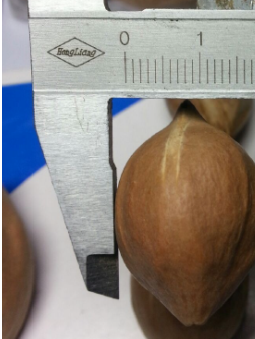Olive Oil Acid Rate and Harvest
Many factors determine the acidity in olive oil simultaneously. Many factors, from the fertilizer used in olive production to the harvesting time to the pressing process, can change the acidity. At the same time, these factors determine the amount of olive oil produced from olives.
Oils with an acid ratio of less than 0.8% in terms of oleic acid are called ‘Extra Virgin Olive Oil’. These oils are evaluated as fresh and of high quality. Indeed, extra virgin olive oils have distinct taste and odor differences compared to other oils.
The main things to be done to obtain quality and low acid olive oil are as follows;
Harvest time is one of the most important factors here. Because the harvesting of olives that reach full maturity in December-January is started before this period. Olives are collected in the period called “early harvest” in October-November. While the olives are being picked, a distinction is made between bottom and top olives. Cover and canvas must be laid on the ground. Here, various tools can be used by using the opportunities provided by technology. However, the choice of vehicle also varies from region to region, depending on the type of olive. The olives falling on the ground are brought together separately. Olives collected during the olive harvest should be transferred to baskets so that they are not crushed. Olive should be transported in a way that is not damaged while being transferred from one place to another. The olives should not be left without air while being transported and they should not be kept in closed warehouses. The olives are taken to the facilities on the same day for pressing. As long as it is waited for pressing, the quality of the oil that will result from the process may decrease significantly. For this reason, the harvested olive is taken to the relevant facility as soon as possible.

